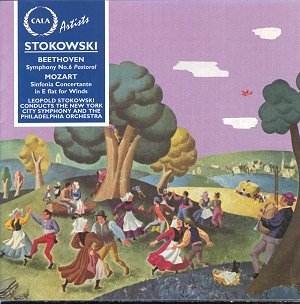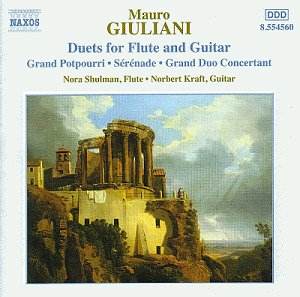 Composer: Nicolas Gombert
Composer: Nicolas Gombert
Works: Magnificats 1-4
Performers: The Tallis Scholars, directed by Peter Phillips
Recording: Church of Saint Peter and Saint Paul, Salle, Norfolk, 2000
Label: Gimell CDGIM 037
Nicolas Gombert, a luminary of the Flemish Renaissance, occupies a fascinating yet often overlooked niche within the choral canon. His eight Magnificats, particularly the four presented in this latest release by The Tallis Scholars, reveal a composer whose mastery of polyphony rivals that of his more celebrated contemporaries. Despite being relegated to the status of a minor composer for much of musicological discourse, Gombert’s intricate textures and innovative structures challenge this perception, offering rich rewards for the attentive listener. These works, based upon chant tones that precede and follow the Magnificat in the liturgical context, exemplify his skill in transforming traditional material into something resplendently new.
The performance by The Tallis Scholars under Peter Phillips is nothing short of exemplary. Phillips, a stalwart advocate of Renaissance music, brings to life the subtleties of Gombert’s writing with precision and warmth. The clarity of diction and pitch are hallmarks of this recording, allowing Gombert’s complex counterpoint to unfold with remarkable transparency. Each Magnificat is marked by a distinctive interplay of voices, with the sopranos carrying a single line, while the tenors and basses weave a rich tapestry of harmony, often doubling to create a sonorous depth that is striking for its period. This choice of texture, while potentially muddying in less experienced hands, here emerges as a vibrant and expressive feature of the performance.
Gombert’s use of “English Clashes,” where dissonances are introduced at cadences, is particularly noteworthy in this recording. The Tallis Scholars’ embrace of this technique allows for a visceral experience of Gombert’s harmonic language, which would otherwise be merely theoretical in print. This choice enhances the emotional impact of the music, drawing attention to the cadential resolutions that punctuate the flow of the Magnificat. The contrast between the polyphonic verses and the chant-based even verses creates a dynamic listening experience, as Gombert’s deliberate structuring invites reflection on the sacred text.
Recording quality is superb, with the acoustic of the Church of Saint Peter and Saint Paul contributing to a luminous sound that captures the ethereal beauty of the choral timbre. The engineering ensures that the nuances of each vocal line are discernible, allowing listeners to appreciate the intricate details of Gombert’s counterpoint. This attention to sound quality is essential for a work such as this, where the interplay of voices can easily become obscured without careful production.
When juxtaposed with notable recordings of Renaissance choral music, such as those by The Sixteen or the Hilliard Ensemble, The Tallis Scholars’ interpretations stand out for their blend of scholarly rigor and emotional depth. Phillips has a distinctive ability to balance historical performance practices with a modern sensibility, making Gombert’s music accessible to contemporary audiences without sacrificing its inherent complexity.
Gombert’s Magnificats, borne of a tumultuous personal history, serve as both a testament to his genius and a reflection on the human condition. The circumstances surrounding their composition—rumored to be a form of atonement following a scandal—add a poignant layer to the listening experience. This context does not overshadow the music but rather enriches our understanding of its profound emotional landscape.
A remarkable achievement, this recording of Gombert’s Magnificats by The Tallis Scholars not only revitalizes interest in a composer deserving of greater recognition but also showcases the choir’s unparalleled artistry. Each work is a masterclass in Renaissance polyphony, imbued with a depth of feeling that resonates long after the final notes have faded. This recording is essential listening for anyone seeking to explore the rich tapestry of early choral music.



